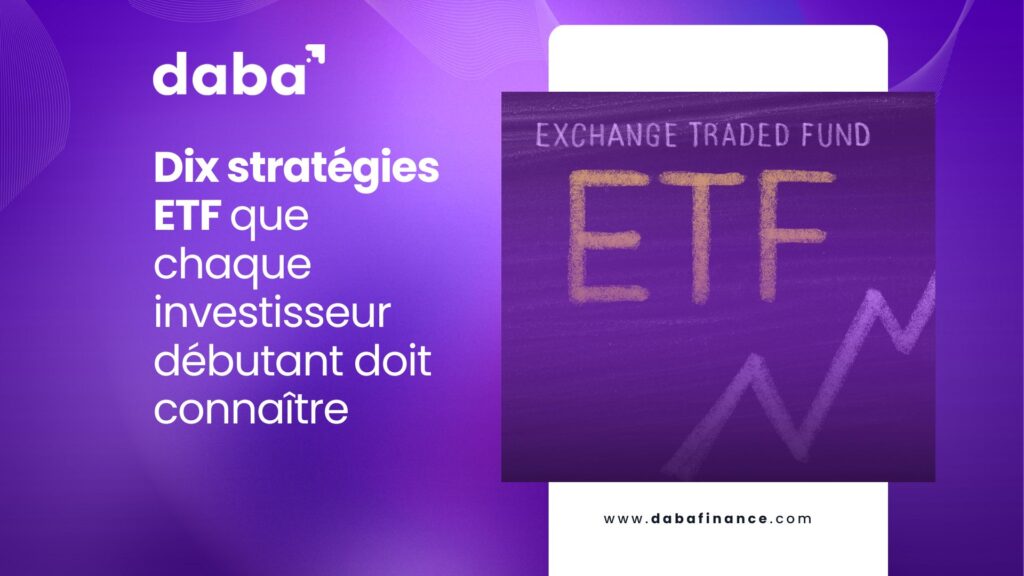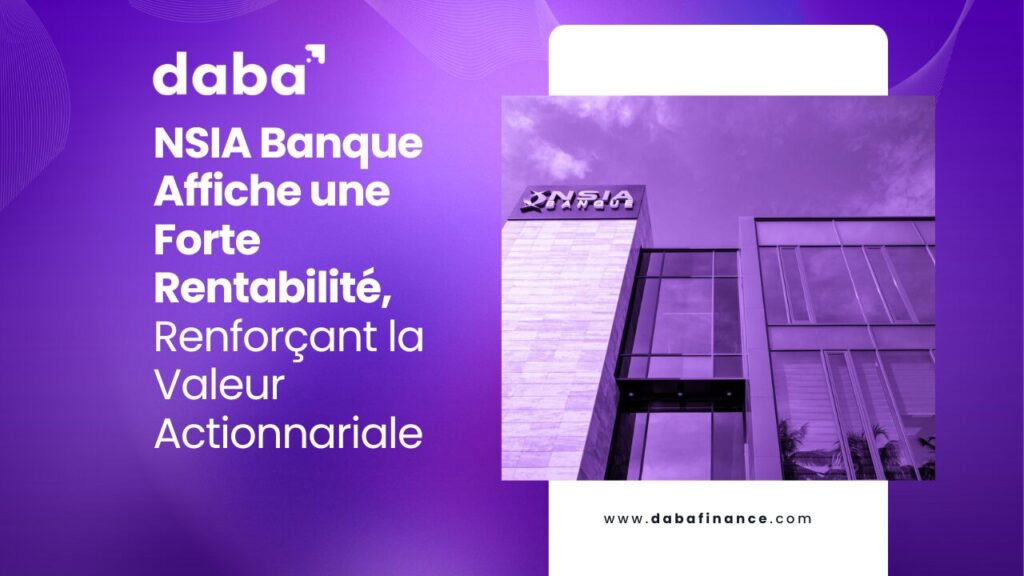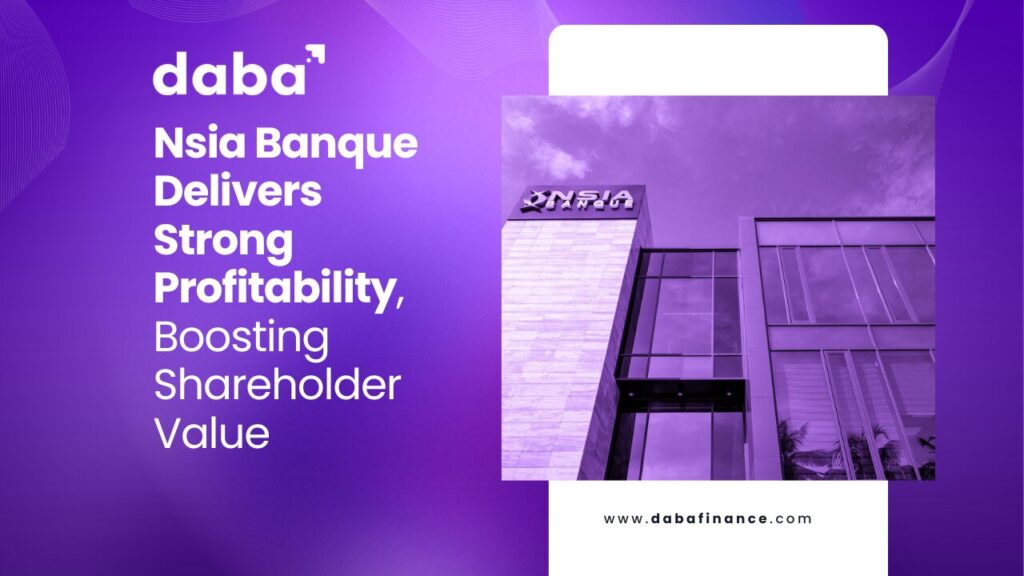Venture capital companies work by raising money from various investors, pooling it into a venture fund, and then deploying that capital into startups.
Investing in venture capital (VC) funds has long been a strategy reserved for institutional investors and high-net-worth individuals, but platforms like Daba are democratizing access to these investment opportunities, enabling retail investors to participate in the dynamic world of venture capital.
This article will walk you through the essentials of venture funds and explain why they might be a good fit for your investment portfolio, especially when investing in Africa’s high-growth sectors.
What is a Venture Fund?
A venture fund is a pool of capital collected from investors and used to invest in early-stage companies, particularly startups that show high growth potential. Venture capitalists (VCs) manage these funds and look for innovative companies that can scale quickly and generate significant returns over time.
The key idea is that VC funds provide the necessary capital for startups that are too risky for traditional financing options like bank loans. In return, the fund receives equity in the startup, meaning they own a portion of the company.
What is an Example of Venture Funds?
A real-world example of a successful venture fund is Sequoia Capital, one of the most renowned VC firms globally. Sequoia has invested in companies like Apple, Google, and Airbnb, generating massive returns for their investors.
On the African continent, venture funds like Partech Africa, Launch Africa, Future Africa, and more have been at the forefront, raising substantial amounts to invest in African startups. Funds like these are targeting fast-growing sectors like fintech, climate-tech, healthcare, and logistics, which are vital to Africa’s economic future.
How Do Venture Capital Companies Work?
Venture capital companies work by raising money from various investors, pooling it into a venture fund, and then deploying that capital into startups. Their goal is to help these startups grow into successful businesses.
Once the startups mature, venture capitalists either sell their shares in an Initial Public Offering (IPO) or exit via acquisition, hopefully at a significant profit.
These firms typically take an active role in the companies they invest in, providing guidance, mentorship, and access to networks that can help the startup grow faster.
How Do Venture Funds Raise Money?
Venture funds raise money through limited partners (LPs), who are the investors in the fund. LPs can be institutions like pension funds, endowments, family offices, and even individuals.
The fund managers, also called General Partners (GPs), pitch the investment strategy and fund thesis to these LPs, highlighting the sectors they plan to invest in and the expected returns.
For example, a venture fund like Daba’s VC arm would raise capital by focusing on high-growth industries across Africa, such as fintech, agritech, and logistics.
How Do Venture Funds Make Money?
Venture funds make money through a combination of capital appreciation and management fees.
The primary way is by selling their equity in startups when they either go public or are acquired by larger companies. If a VC fund invested $1 million in a startup and exited the investment for $10 million, that’s a 10x return.
Additionally, venture funds charge management fees, typically around 2% of the total capital they manage, and a “carry” or profit share, often 20% of the profits earned by the fund.
Who Owns a Venture Fund?
Venture funds are owned by the General Partners who manage the fund. The limited partners (investors) own the rights to the returns generated by the fund, but they do not have control over how the fund is managed. GPs make all investment decisions, from which startups to back to when to exit an investment.
Where Do Venture Funds Get Their Money?
Venture funds get their money primarily from LPs, as mentioned earlier. These LPs can include institutional investors, high-net-worth individuals, or, increasingly, retail investors.
Through platforms like Daba, even retail investors can now gain exposure to VC funds, making it easier for everyday investors to benefit from the high returns associated with venture capital.
Who Can Invest in a Venture Fund?
Traditionally, investing in venture capital was restricted to accredited investors—individuals with a high net worth or large institutions.
However, platforms like Daba are changing this by allowing retail investors to invest in VC funds targeting high-growth African startups. This creates an accessible way for individuals to diversify their portfolios with high-risk, high-reward investments.
How to Invest in VC Funds via Daba?
Investing in VC funds through Daba is simple and efficient. Daba provides a platform where retail investors can pool their funds together to invest in curated venture funds focused on African startups.
This allows you to invest in high-growth industries that have the potential to deliver high returns, without needing the substantial capital that traditional VC investments require.
To get started, create an account on Daba, browse the available VC funds, and select the fund that aligns with your investment goals. Daba’s user-friendly platform enables you to track your investment and provides regular updates on the performance of the startups in the portfolio.
Are Venture Funds Good or Bad Investments?
Venture capital is a high-risk, high-reward investment. While it can offer returns that far outpace traditional asset classes like stocks or bonds, it also carries a higher level of risk.
Startups are inherently risky; many fail, but the ones that succeed can deliver astronomical returns.
For example, early investors in Flutterwave, a Nigerian fintech unicorn, have seen significant returns as the company rapidly scaled across Africa and beyond. However, not every investment will be a Flutterwave, so diversification is key.
Investing through platforms like Daba allows you to spread your investment across multiple startups, minimizing risk and maximizing your chances of hitting that next unicorn.
Do Your Homework Before You Invest
Before diving into venture funds, it’s essential to do your homework. Research the fund’s track record, the sectors it focuses on, and the startups in its portfolio. Daba provides transparency and access to research tools, helping you make informed investment decisions.
In conclusion, venture funds offer retail investors the chance to access high-growth opportunities, especially in emerging markets like Africa.
By investing through Daba, you can tap into these opportunities and diversify your portfolio with innovative, high-potential startups. While the risk is higher than traditional investments, the potential rewards can make it a worthy addition to your investment strategy.









